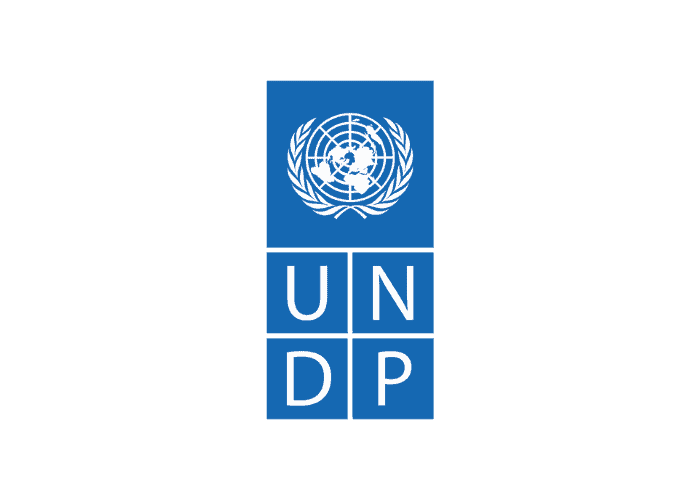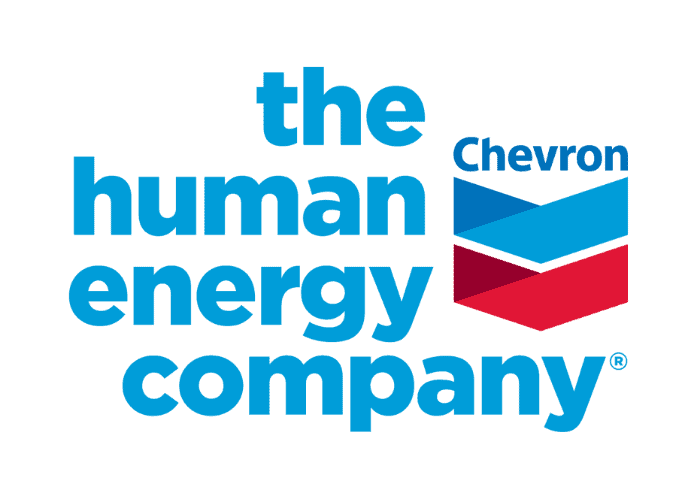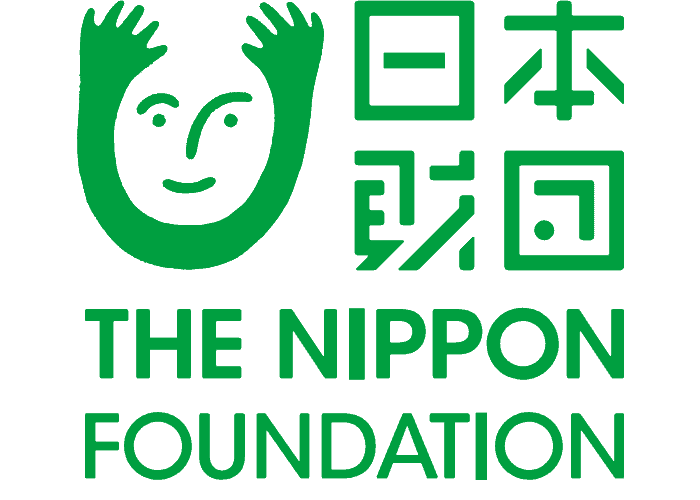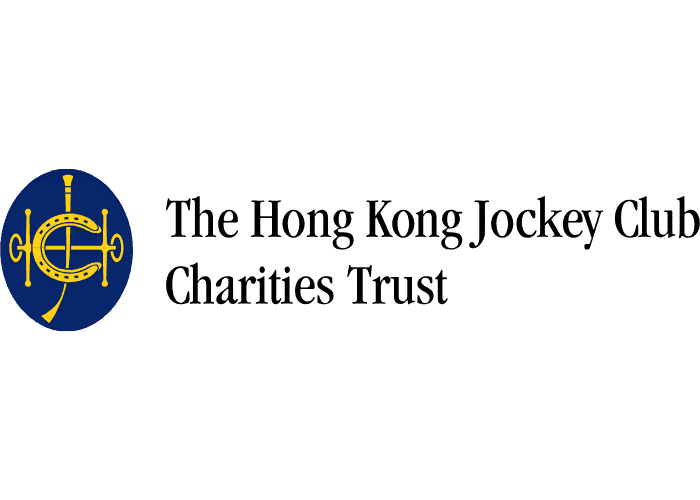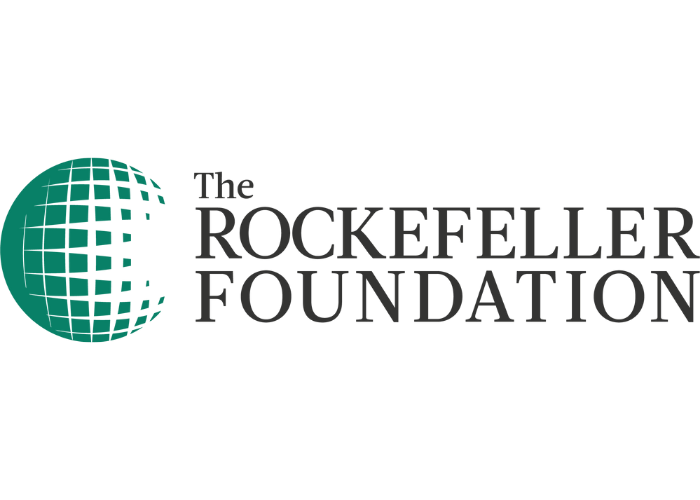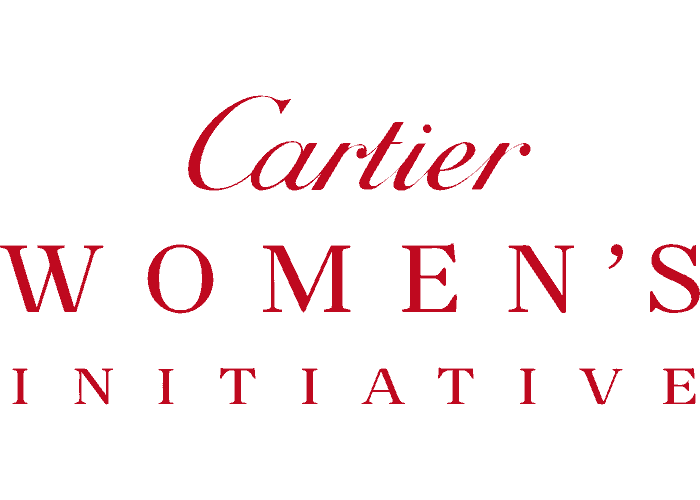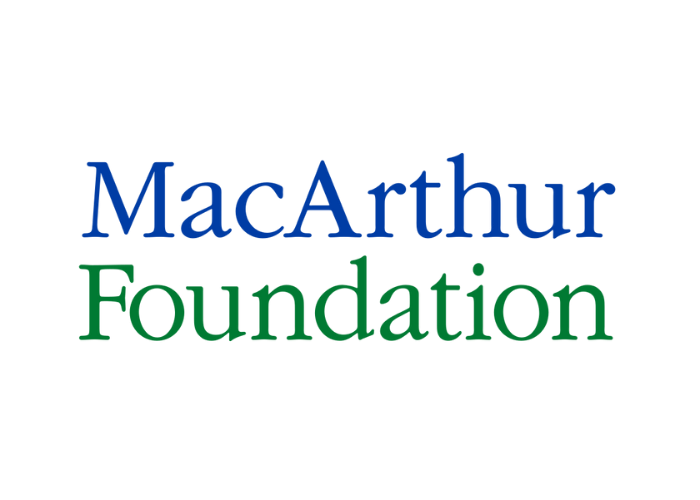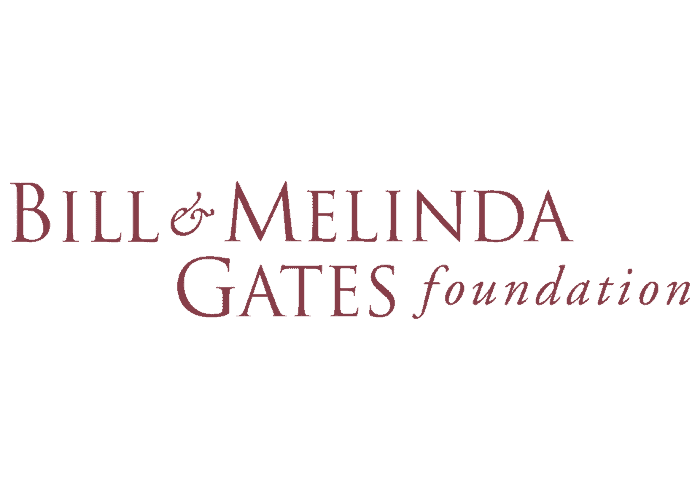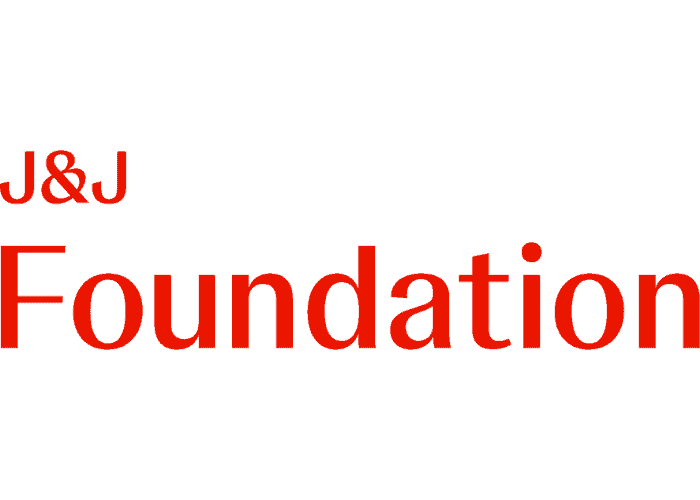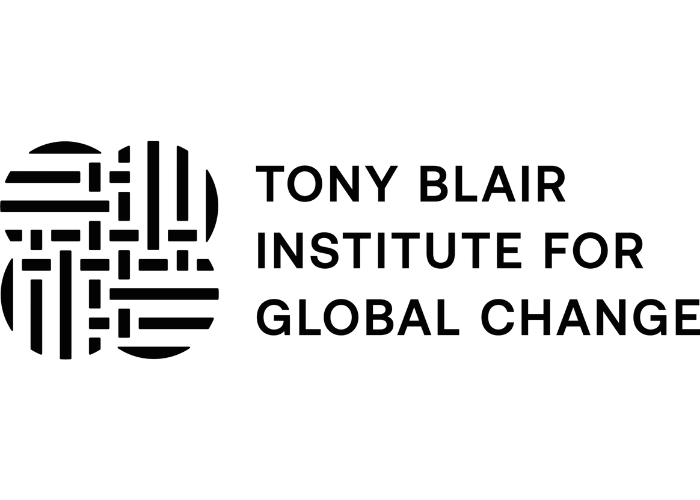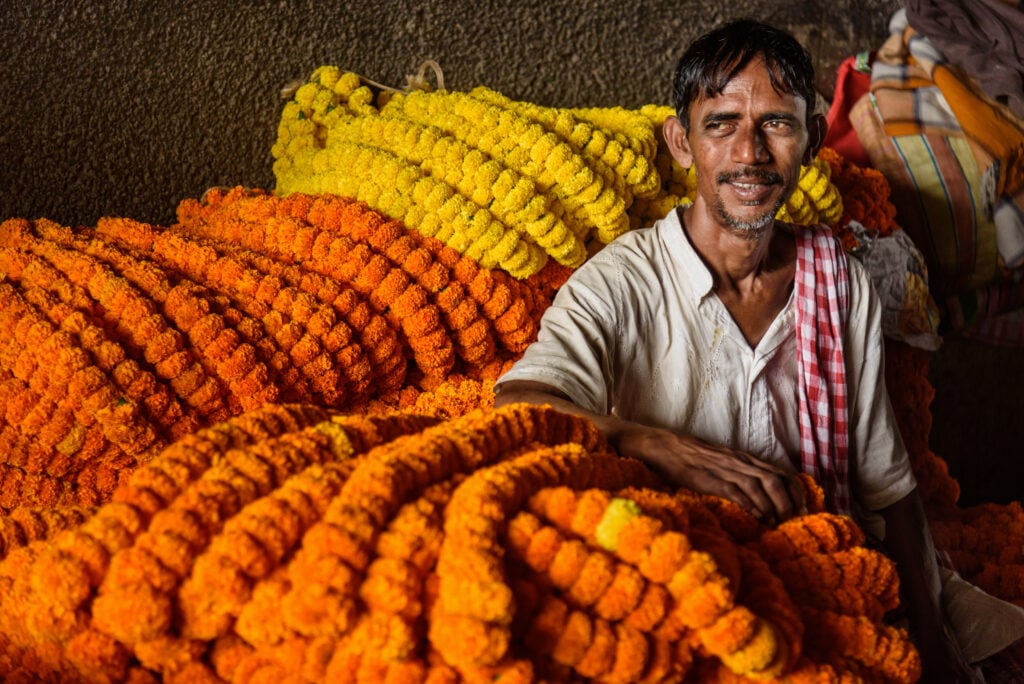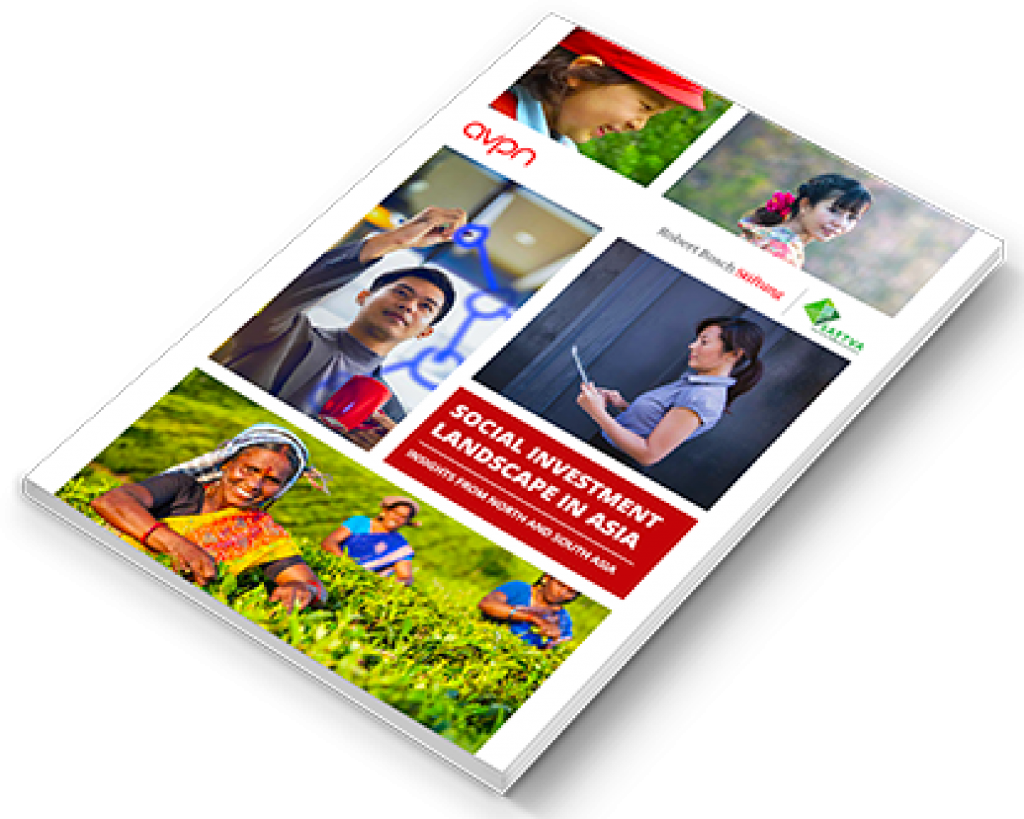Social Investment Landscape
China
Summary
Executive Summary
China has experienced a remarkable period of rapid development since its reform and opening up in 1978, shifting from a centrally planned to a market based economy. For nearly four decades, China’s GDP has averaged almost 10% per annum, the fastest sustained expansion of any major economy in history. Today, with a population of nearly 1.4 billion, China has the world’s second largest economy in real GDP terms (largest in purchasing power parity terms) and has been the largest contributor to global economic growth since the 2008 global financial crisis.
Alongside this spectacular growth has been a rise in standard of living. More than 850 million people have been uplifted from poverty since the start of China’s economic reform. China also achieved all of the Millennium Development Goals (MDGs) by the 2015 deadline and contributed significantly to the global targets. Since 2010, China has consistently exceeded the average Human Development Index value, reaching 0.752 in 2017.
The rise of domestic non-profit organisations and the formalisation of the related legislative environment are paving the way for a dynamic social economy in China. High net worth individuals are becoming increasingly engaged with philanthropy while private foundations continue to be the driving force for ecosystem development. Innovative approaches to social investment, including impact investing, green finance, and technology-enabled tools are becoming more visible in the Chinese landscape. China has demonstrated especially impressive growth in green finance and green bonds in the past few years.
China’s Fact File
China’s 2018 Fact File
138 140 in 2016
World Giving Index Rank
Dashboard
SDG Dashboard
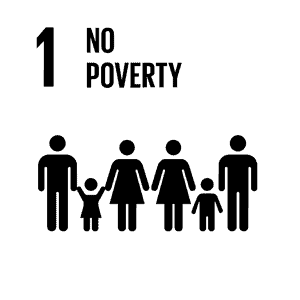
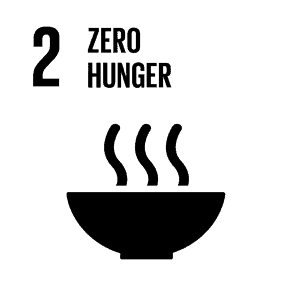
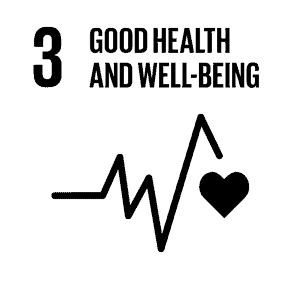
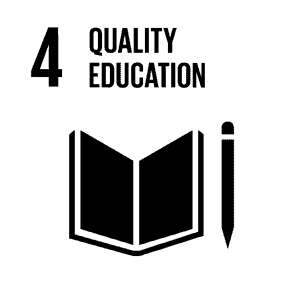
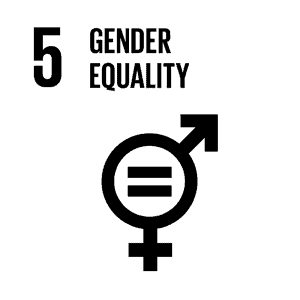
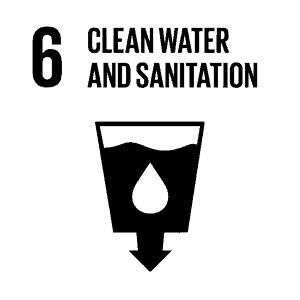
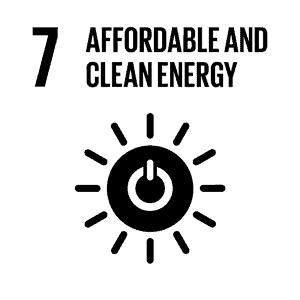
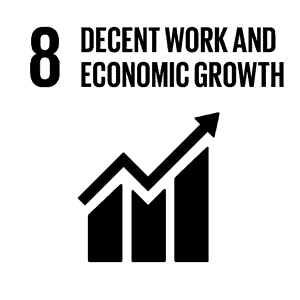
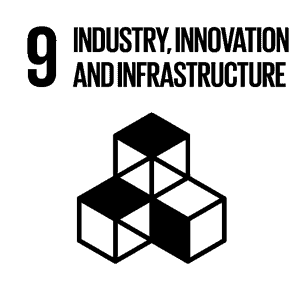

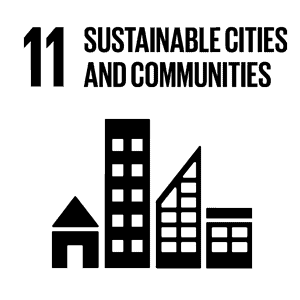
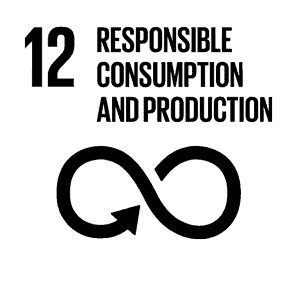
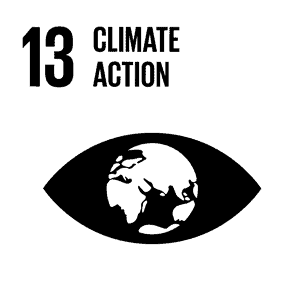
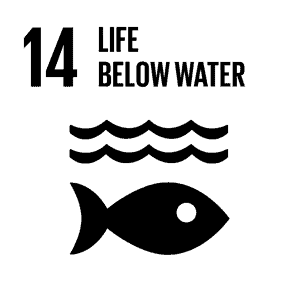
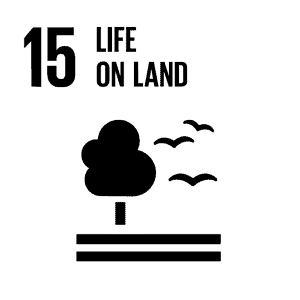
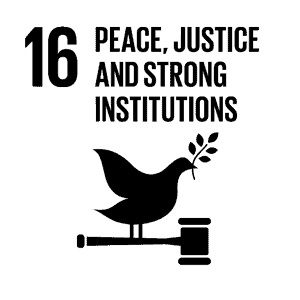

Source: sdgindex.org (2018)
Note: The “traffic light” colour scheme (green,yellow, orange, red) illustrates how far a market is from achieving a particular goal
Government Initiatives
Government Initiatives to Address Development Gaps
Agriculture
SDG Goals



Gap
- Agriculture took up 56.2% of the total land area in China, provided employment for 18% of the total labour force but only contributed 7.9% to GDP.
- Small average farm size and increasing number of elderly farmers pose threats to the country’s food security.
Government Initiatives
- China created its first ever National Strategic Plan for Rural Vitalisation from 2018 to 2022 to achieve significant progress in improvement of rural livelihoods by 2020, with longer-term goals of agricultural modernisation by 2035 and a “strong agriculture sector and full realisation of farmers’ wealth” by 2050.
Climate action
SDG Goals



Gap
- China ranked 95th on the 2018 World Risk Report, placing it in the medium-risk category.
- China’s CO2 emissions grew by 4.7% in 2018, compared to the global average of 2.7%.
- Approximately 16% of China’s soil and 30% of China’s groundwater is polluted as of 2018.
Government Initiatives
- At the end of 2017 China announced that it had cut CO2 emissions per unit of GDP by 46% from the 2005 level, reaching its 2020 carbon emission target 3 years ahead of schedule.
- A national carbon emissions trading market is being established, covering about 1,700 power firms with total CO2 emissions in excess of 3 billion tons, with trading to begin in 2020.
- New national standards on soil pollution for businesses were put into effect in January 2019.
Energy access
SDG Goals

Gap
- As the world’s top crude oil consumer and importer, China imported 7.6 of the 11.5 million barrels of oil consumed every day in 2016.
- Coal consumption grew 0.5% in 2017 after 3 years’ decline and accounted for 60.4% of total energy consumption.
Government Initiatives
- According to the Energy Production and Consumption Revolution Strategy 2016-2030, 50% of total electric power generation will be from non-fossil energy sources by 2030.
- In 2017, renewable energy encompassed 36.6% of China’s total installed electric power capacity and 26.4% of total power generation. 85% of the government’s USD 113.4 billion investment in the power sector went towards renewable energy in the same year.
Poverty alleviation
SDG Goals

Gap
- At the end of 2018 there were over 16 million people living below the poverty line of an annual income of less than RMB 3,750 (USD 560).
Government Initiatives
- The government has set a target of eradicating extreme poverty by 2020. Between 2012 and 2018, it lifted more than 82.4 million people out of poverty, reducing the national poverty rate from 10.2% to 1.7%. An additional RMB 126 billion (USD 18.9 billion) will be allocated in 2019 to fight poverty, a 19% increase over 2018.
SME development
SDG Goals


Gap
- The private sector accounted for more than 60% of China’s GDP growth and 90% of job creation in 2018.
- In the first half of 2018, only 20.9% of bank loans were extended to SMEs, the lowest rate since 2012.
Government Initiatives
- In September 2017, China’s National People’s Congress Standing Committee revised legislation to strengthen SME property right protection, provide tax benefits and reduce administrative charges.
- The central government announced a RMB 10 billion (USD 1.5 billion) initiative to further support SME development zones in 2018.
Social Economy
China’s social economy is quickly maturing, with a high concentration of new wealth, a growing number of social investors and recent government commitments to create a conducive ecosystem
Factor
Presence, size, and maturity of SEs
Rating
◕
Description
- By March 2018, there were 808,479 non-profit entities, of which 6,339 were foundations, 376,236 were social organisations and 425,850 were social service agencies.
- The China Charity Fair in Shenzhen has certified a total of 234 SEs, although evidence of equity financing remains limited.
Factor
Rating
◕
Description
- Among the 234 certified SEs, disadvantaged populations, children and youth, people with special needs, elderly and community development are among the top communities served.
Factor
Philanthropic contributions
Rating
◑
Description
- The total amount of domestic giving in 2017 reached a new high of USD 23.4 billion, with consistent growth of 15% in 2015, 20% in 2016 and 7% in 2017.
- Nearly 99% of foundations are operating foundations and largely use traditional methods for charitable activities and social impact.
Factor
Rating
◑
Description
- Home-grown impact funds such as Ehong Capital, China Impact Fund, Xinh-Yu Fund and Tsing Capital are rapidly developing. Foundations such as Narada Foundation, YouChange Foundation, Leping Social Entrepreneur Foundation and Yifang Foundation are also becoming important domestic players in social investment.
Factor
Rating
◑
Description
- Implementation of integrated CSR remains limited to multinational corporations, major SOEs and leading private corporates.
- Corporates are playing an important role in poverty alleviation through their corporate foundations, but support for SEs or sustainability reporting is limited.
Factor
Policy environment
Rating
◕
Description
- Governments in Shenzhen, Chengdu and Beijing have taken the lead in defining a SE certification framework and providing support to the certified SEs.
- While the 2016 China Charity Law and 2017 Overseas NGO Law are set up to enable formalisation and professionalisation for the sector, there are still uncertainties about implementation.
Factor
Incubators, accelerators, and capacity-builders
Rating
◕
Description
- There are estimated to be approximately 1,400 incubators and accelerators for social organisations, most of which were established in the last 3 years. However, capacity and sustainability challenges have led to limited effectiveness.
- Star of Social Innovation, Beijing Pro Bono Foundation, Impact Hub Shanghai and Non-Profit Incubator (NPI) are major players and provide capacity building and/or seed funding to SPOs.
Factor
Networks and platforms
Rating
◕
Description
- The number of networks and platforms is also growing, which includes government-led networks such as the China Charity Alliance (CCA) and cross-sectoral initiatives such as CSEIF, China Donor Roundtable, CASVI and the Xiangmi Lake Consensus.
Factor
Knowledge and research
Rating
◕
Description
- There are at least 10 academic centres for teaching and researching philanthropy and social investment, such as the Center for Civil Society Studies at Peking University.
- China Global Philanthropy Institute and Cheung Kong Graduate School of Business both have training programmes for philanthropists, corporate and nonprofit leaders.
Factor
Partnerships
Rating
◑
Description
- Incubators and accelerators such as SSI and NPI have partnered with corporates and municipal governments. Yet stakeholders work predominantly alone and stronger multi-stakeholder partnerships are needed in China.




